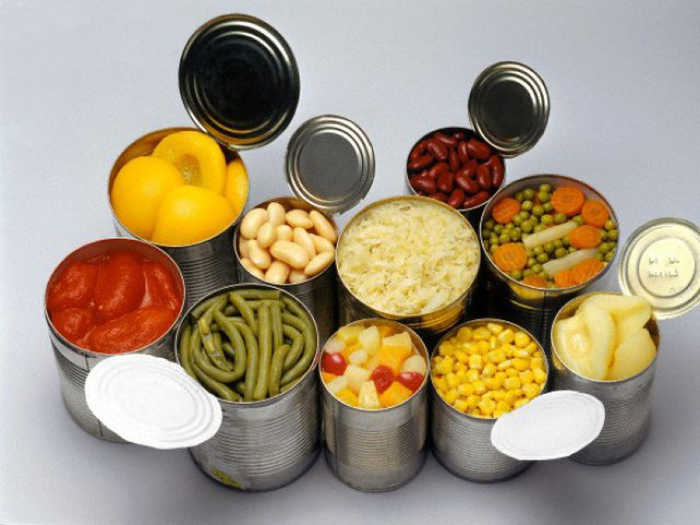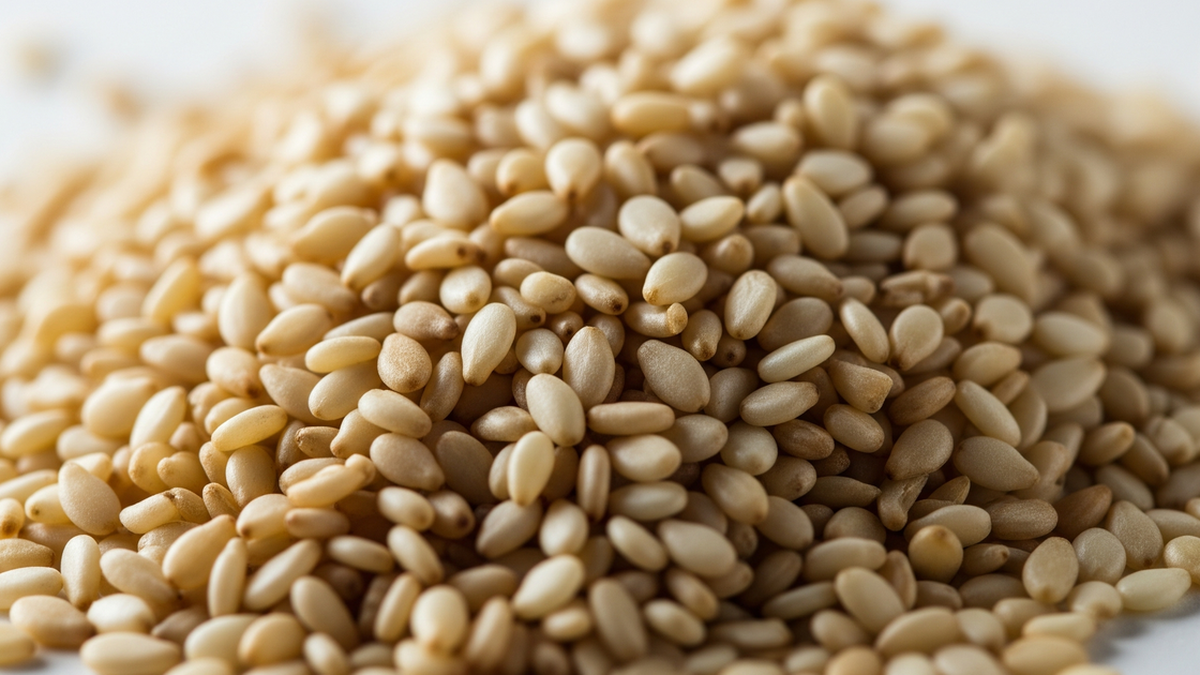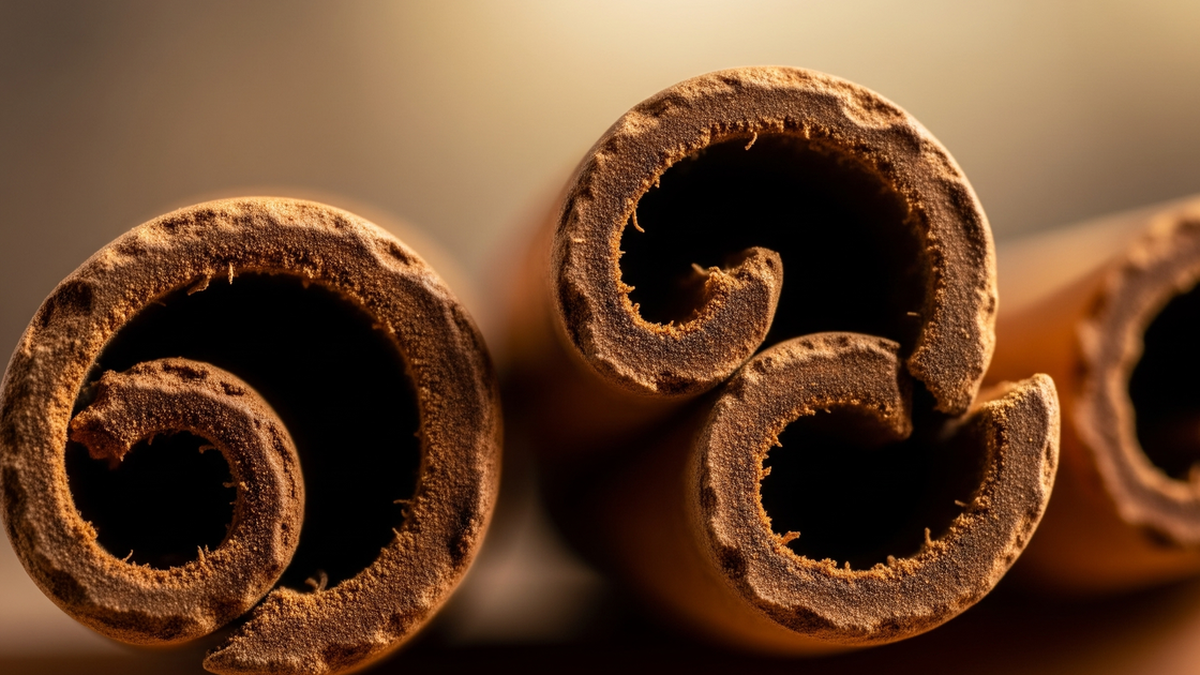Food poisoning due to botulinum can cause serious consequences, but is completely preventable if proper safety measures are taken in food preparation and storage.
Food poisoning due to botulinum can cause serious consequences, but is completely preventable if proper safety measures are taken in food preparation and storage.
Food contaminated with Clostridium botulinum bacteria is due to unsafe and unsanitary processing. When food contaminated with Clostridium botulinum bacteria is sealed (anaerobic environment), botulinum toxin is produced.
 |
| Foods of unknown origin, processed manually, and not ensuring hygiene have a higher risk of being contaminated with botulinum bacteria than other types. |
Therefore, foods of unknown origin, processed manually, and not ensuring hygiene have a higher risk of bacterial contamination. People cannot know whether the food contains botulinum toxin or not by normal senses.
Regarding the risk of botulinum contamination in pickled foods, according to Associate Professor, Dr. Nguyen Duy Thinh, former lecturer at the Institute of Food Technology, Hanoi University of Science and Technology, there are many reasons why pickled foods are contaminated with botulinum.
The first cause is unclean food input, possibly food such as fish, vegetables, and fruits growing in an environment containing clostridium bacteria.
When people buy these foods, they do not clean, disinfect, or sterilize them properly, causing the food to still carry disease-causing bacteria. In an airtight environment when pickling, it creates conditions for clostridium bacteria to produce large amounts of botulinum toxin.
In addition, improperly salting food also produces toxins that are harmful to the body. Food that does not have the right acidity and saltiness allows harmful bacteria to grow.
Signs that food is contaminated with Clostridium botulinum are often difficult to detect. Food does not have an unpleasant odor, does not change color, and is not slimy, so it is difficult for people to recognize and avoid it.
Pickled eggplant, pickled cucumbers or any other pickled food, if not processed carefully and in an airtight environment, can cause toxins.
Botulinum is a toxin produced by Clostridium bacteria in an anaerobic environment. Therefore, pickled eggplants, pickles or any other pickled food, if not processed carefully, in an airtight environment, can cause toxins.
Botulinum is more toxic than other bacteria's toxins. People who eat it may be in danger, even death, if not treated promptly.
We need a clean food source, processed according to safe hygiene procedures so that the food is not contaminated with harmful toxins. Pickled eggplant and pickled cucumber are just side dishes to relieve boredom, should not eat too much to avoid harming the body.
In case the pickled eggplants and melons are not contaminated with toxins during the pickling process, they still contain a lot of salt. People with diseases such as diabetes, obesity, high blood fat, and digestive diseases should not eat them, as it can make the condition worse.
C. Botulinum bacteria are common in the environment and can be transmitted through the stages of food production, transportation, storage and use. Especially canned foods such as: powdered milk, cheese, sausages, sausages, anaerobic fermented foods.
Industrial canned foods often use nitric acid to inhibit Bbotulinum toxin. Raw canned foods are susceptible to C. Botulinum contamination.
In addition, all other foods such as vegetables, fruits, seafood... are still at risk of being contaminated with Clostridium Botulinum bacteria if food safety is not ensured and they are not covered and sealed.
Common foods that easily cause Botulinum poisoning are processed foods, hand-packaged foods, small-scale, household production, or foods that do not meet production conditions.
Especially when the trend of using airtight bags to contain food increases, food is not thoroughly cooked before eating.
The Food Safety Department, Ministry of Health also informed that the body becomes sick due to eating toxins in food and newly secreted toxins in the digestive tract and tissues due to bacteria entering the stomach and intestines. The toxins are not destroyed by gastric acid, the toxins quickly penetrate the blood and spread throughout the body into the cells of different tissues.
First, it enters the tissues of the central nervous system, binds to nerve endings, and then causes clinical manifestations arising from the medulla oblongata, vomiting, and nausea.
The toxin also quickly penetrates the blood through the mucous membrane of the respiratory tract. The incubation period is 8-10 hours, in some cases 4 hours.
People with poisoning have symptoms such as: Vomiting, nausea, headache, dizziness, fatigue, weakness, dry skin, abdominal pain, bloating, constipation, no fever or mild fever, no disturbance of consciousness.
Then typical neurological symptoms appear: Ocular paralysis: dilated pupils, loss of light reflex, cardiac paralysis, accommodation paralysis (farsightedness), eye movement paralysis (strabismus), double vision; velopharyngeal paralysis, throat spasm: choking, nasal obstruction, jaw muscle relaxation, difficulty chewing and swallowing.
Laryngeal paralysis: Hoarseness, nasal voice, soft speech, inability to speak clearly. Symptoms of paralysis are often bilateral and symmetrical.
Digestive symptoms continue in the following direction: constipation, decreased digestive secretions, dry mouth, dry throat.
The disease lasts from 4 to 8 days. In severe cases, the central nervous system of the circulation and respiratory system is paralyzed (difficulty breathing, rapid, shallow breathing) and eventually death from suffocation. Poisoning by Clostridium Botulinum is very rare but is well known because of its severe prognosis and high mortality rate.
Recovery is relatively slow, often leaving relatively long-term sequelae. If left untreated, death occurs after 3-4 days. Today, with aggressive, rapid treatment methods, the mortality rate is about 10%.
To prevent botulinum poisoning, the Food Safety Department recommends that in production and processing, ingredients that ensure food safety must be used and that hygiene requirements in the production process must be strictly followed. In the production of canned foods, strict sterilization must be followed;
Only use food products and food ingredients with clear origin and source. Absolutely do not use canned products that are expired, swollen, flattened, deformed, rusty, not intact or have unusual taste or color changes; eat cooked food and drink boiled water. Prioritize eating newly processed and cooked foods.
Do not pack foods tightly and leave them for long periods of time without freezing. For fermented foods, pack or cover them tightly in the traditional way (such as pickles, bamboo shoots, pickled eggplants, etc.) to ensure they are sour and salty. When the food is no longer sour, it should not be eaten.
When symptoms of Botulinum poisoning appear, go to the nearest medical facility immediately for timely diagnosis and treatment.
Source: https://baodautu.vn/phong-tranh-ngo-doc-thuc-pham-do-botulinum-d228628.html




















































![[Maritime News] More than 80% of global container shipping capacity is in the hands of MSC and major shipping alliances](https://vphoto.vietnam.vn/thumb/402x226/vietnam/resource/IMAGE/2025/7/16/6b4d586c984b4cbf8c5680352b9eaeb0)













































Comment (0)